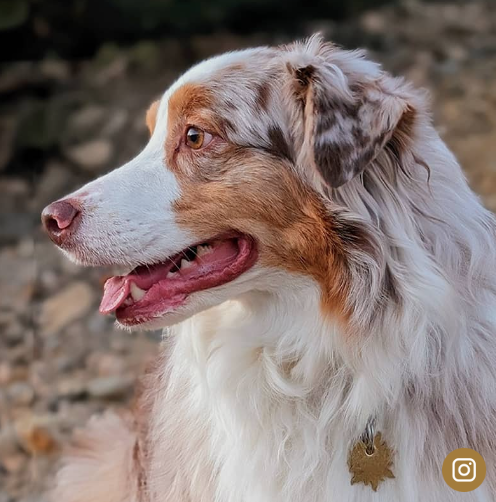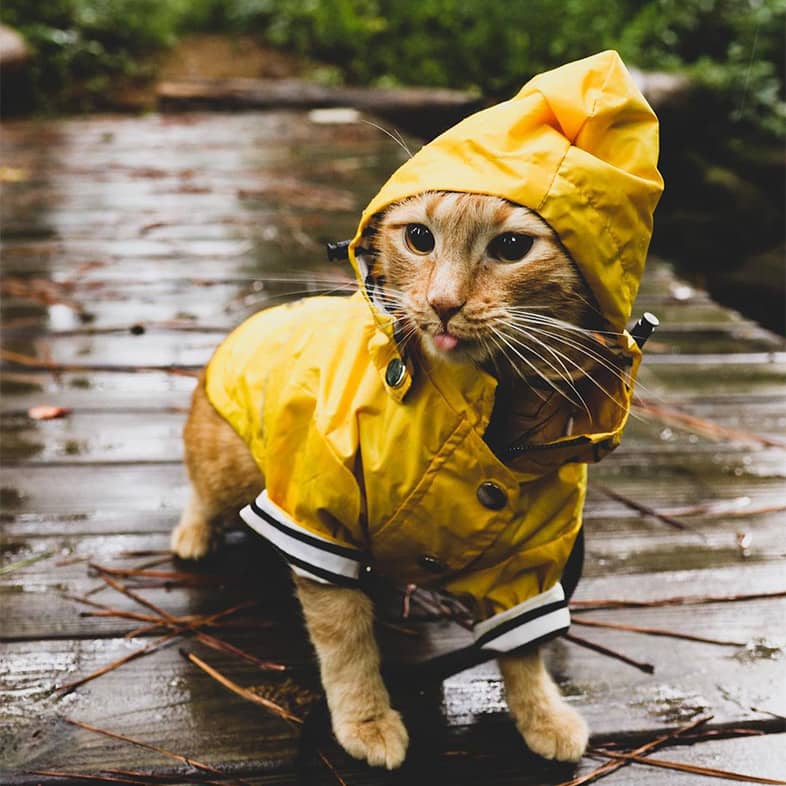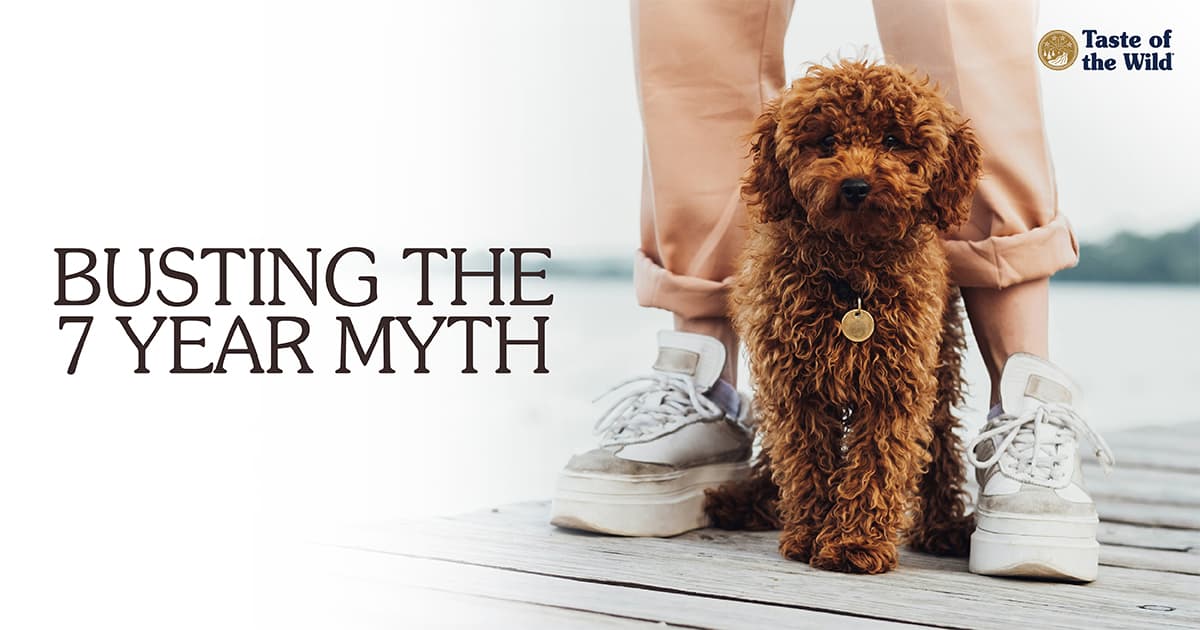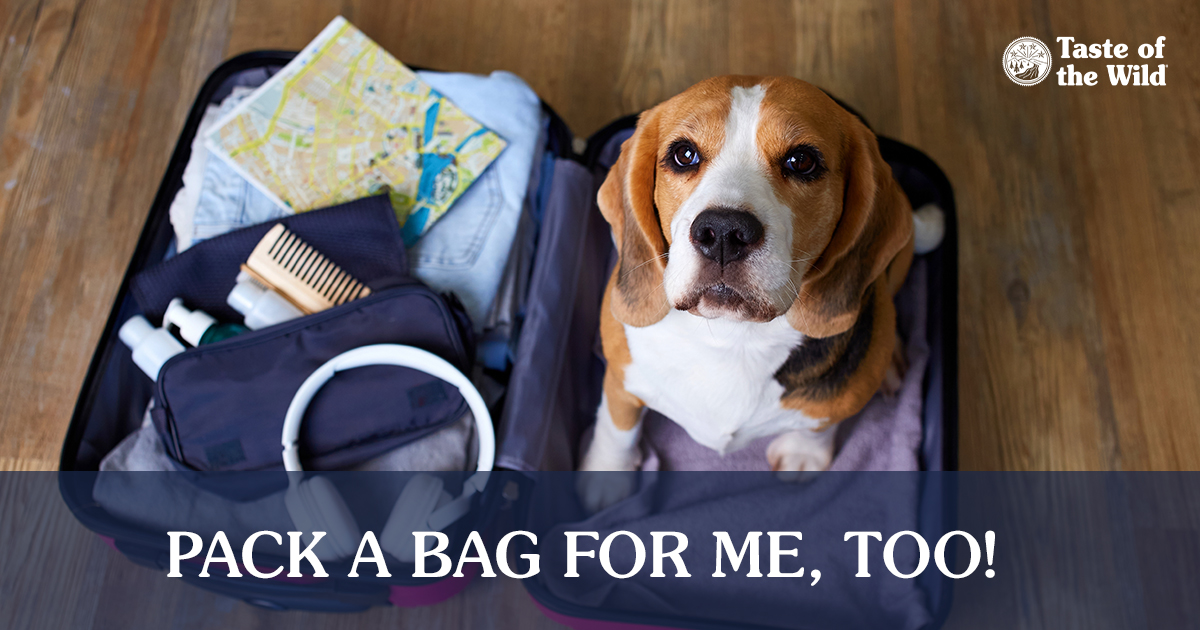13 Tips for Camping with Your Dog
Category: Lifestyle
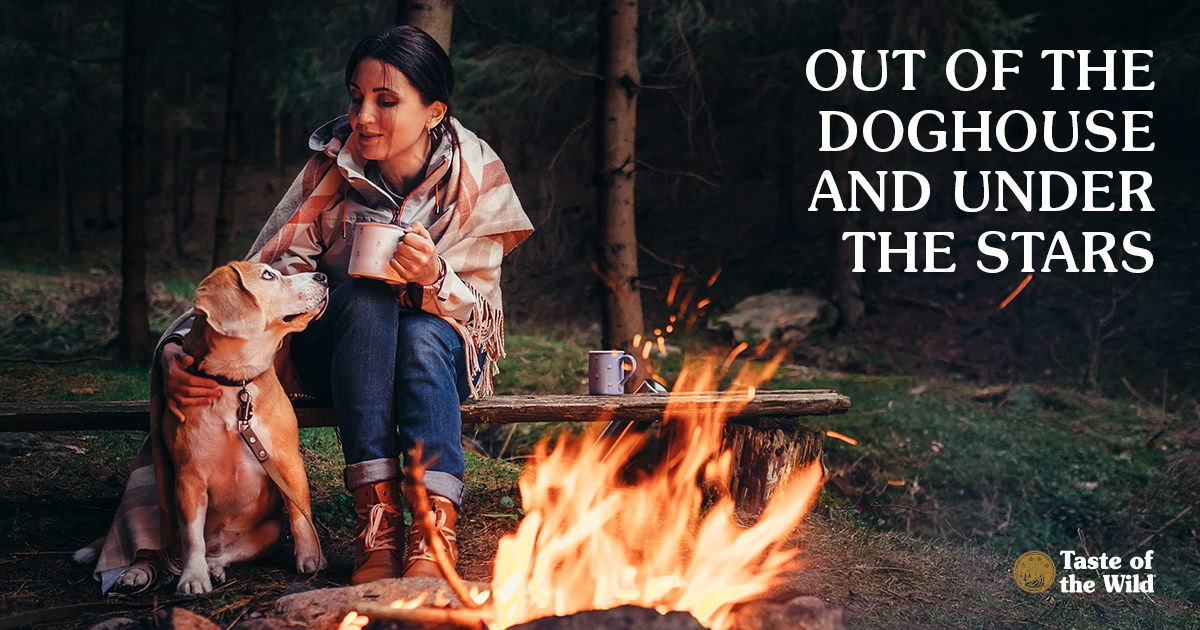
Unplug your computer. Power down your phone. Disconnect from the stress of everyday life. And connect with your dog under a canopy of stars in the wilderness. What outdoor adventure is better than camping with your best friend?
But before you pack up and head out, consider these tips to help make your trip safe and fun for your furry pal:
1. Know the regulations before you go.
Rules about pets can vary from one campsite to the next — you don’t want to arrive only to learn dogs aren’t allowed. Check out websites for national parks, state and county parks, or the Forestry Service for dog-specific regulations.
2. Make sure your dog is the camping type.
Do you own a pug, Frenchie or other short-nosed (brachycephalic) breed? They can be prone to heatstroke and may be better left in your air-conditioned home. Same goes for dogs that tend to bark at the sound of every chirping cricket, croaking frog or snapping twig. Better to let them sleep peacefully at home than to keep the entire campsite awake.
3. Start with a veterinary check.
Make sure your pet is current on vaccines as well as heartworm, flea and tick preventives. Ask for a copy of your dog’s vaccine history to bring with you.
4. Update pet identification.
Any dog can take off after a deer or skunk and get lost. That’s why your dog’s ID tags should carry your cell phone number where you can be reached on the trip. Or you could create temporary tags with your campsite number, if applicable. To further ensure your dog is returned to you, add a microchip and a GPS collar.
5. Pack a doggie suitcase.
Include blankets, leashes, bowls, food, toys, poop bags and any medications your dog needs regularly.
6. Include a pet first aid kit.
Many of these items may be in your own first aid kit, but helpful items include gauze squares and a gauze roll (you can also wrap the gauze around the nose and behind the ears to create a muzzle, which is useful in the case of a snake bite), self-clinging bandages, flat-bladed tweezers for removing ticks and thorns, pet-safe sunscreen for dogs with thin or light coats or exposed patches of skin, Benadryl containing diphenhydramine only for allergic reactions to bee stings (give 1 mg/lb. and head to the veterinarian if there’s no improvement).
7. Make a cozy tent.
Consider bringing a stake and cable or lightweight pen or carrier to safely restrain your dog while you set up the tent. Place a waterproof tarp under the tent to help prevent moisture seeping in, and bring a pad and blanket so your dog can sleep comfortably with you.
8. Uphold campsite etiquette.
Neighboring campers may not want to share s’mores with your dog, so it’s best to keep your pet leashed. But never leave your dog alone in your car, tent or campsite.
9. Place dog food in a bear-proof container.
Or hang the food high in a tree, away from your tent. Only take food out during meal times and don’t leave treats in the tent or in your pockets.
10. Protect the paws.
If you’ll be walking on uneven, rocky terrain, consider outfitting your dog with booties to help protect tender paws from cuts and scrapes. It’s best to keep your dog on a leash and on the trail to minimize tick exposure and help prevent mishaps with rattlesnakes, porcupines and other critters.
11. Don’t forget the swimwear.
Unless your dog is a proven swimmer, consider a doggie life vest for times when you’re boating or swimming.
12. Bring fresh drinking water.
Carry a collapsible bowl and clean water for your dog. Lakes, ponds and streams can contain protozoa such as Giardia as well as bacteria and toxic algae that can make your dog sick.
13. Perform a daily tick check.
Run your hands over your dog’s body every night (especially the face, neck and ears) and remove any ticks immediately. Don’t forget to check yourself, too.
Now you’re ready to hike, swim and gather around the campfire with your best camping buddy.
The information in this blog has been developed with our veterinarian and is designed to help educate pet parents. If you have questions or concerns about your pet’s health or nutrition, please talk with your veterinarian.
